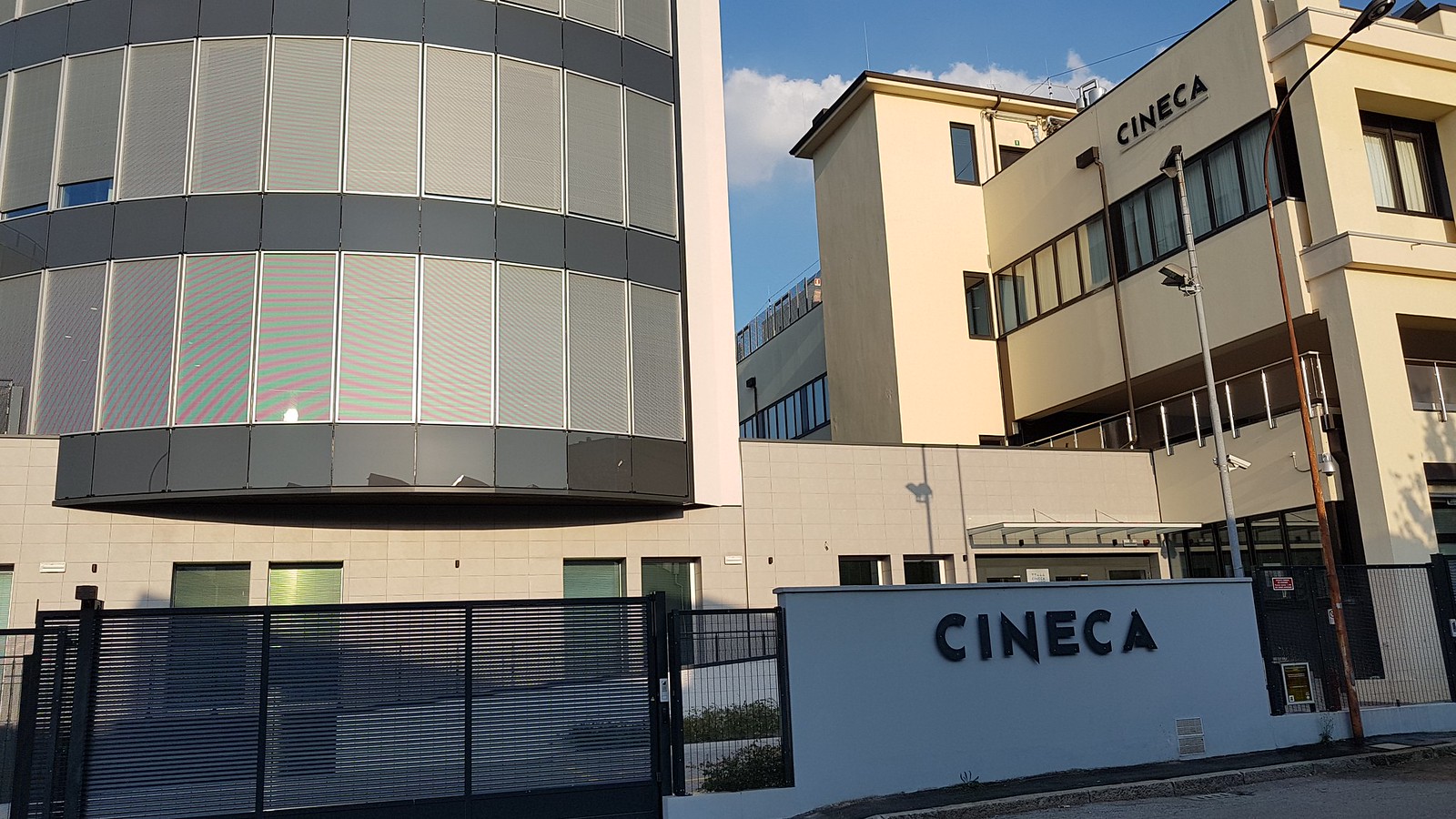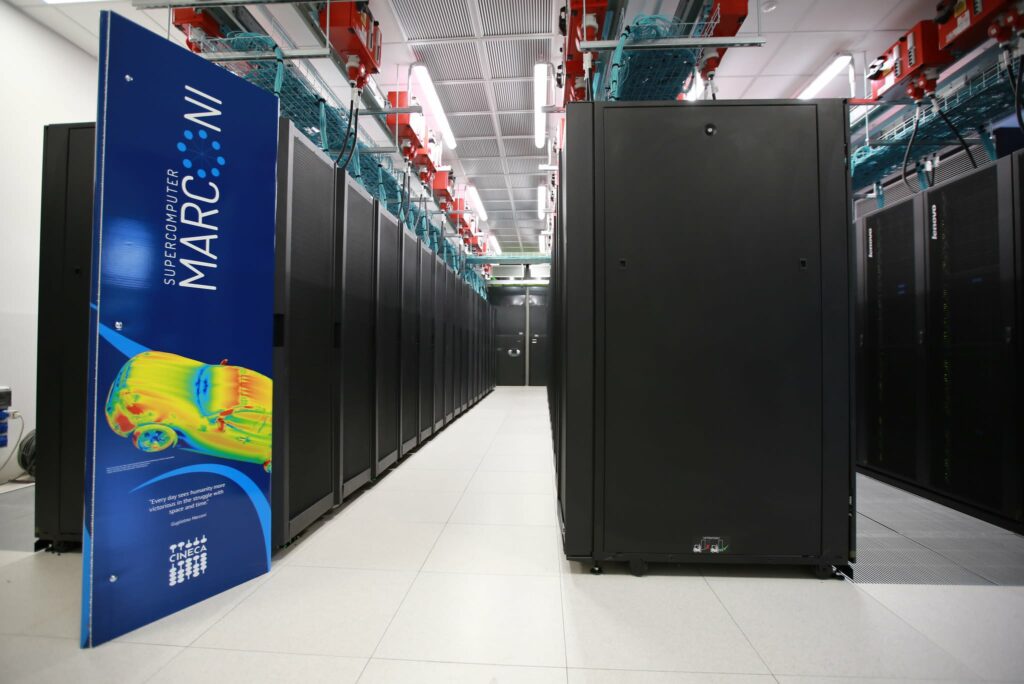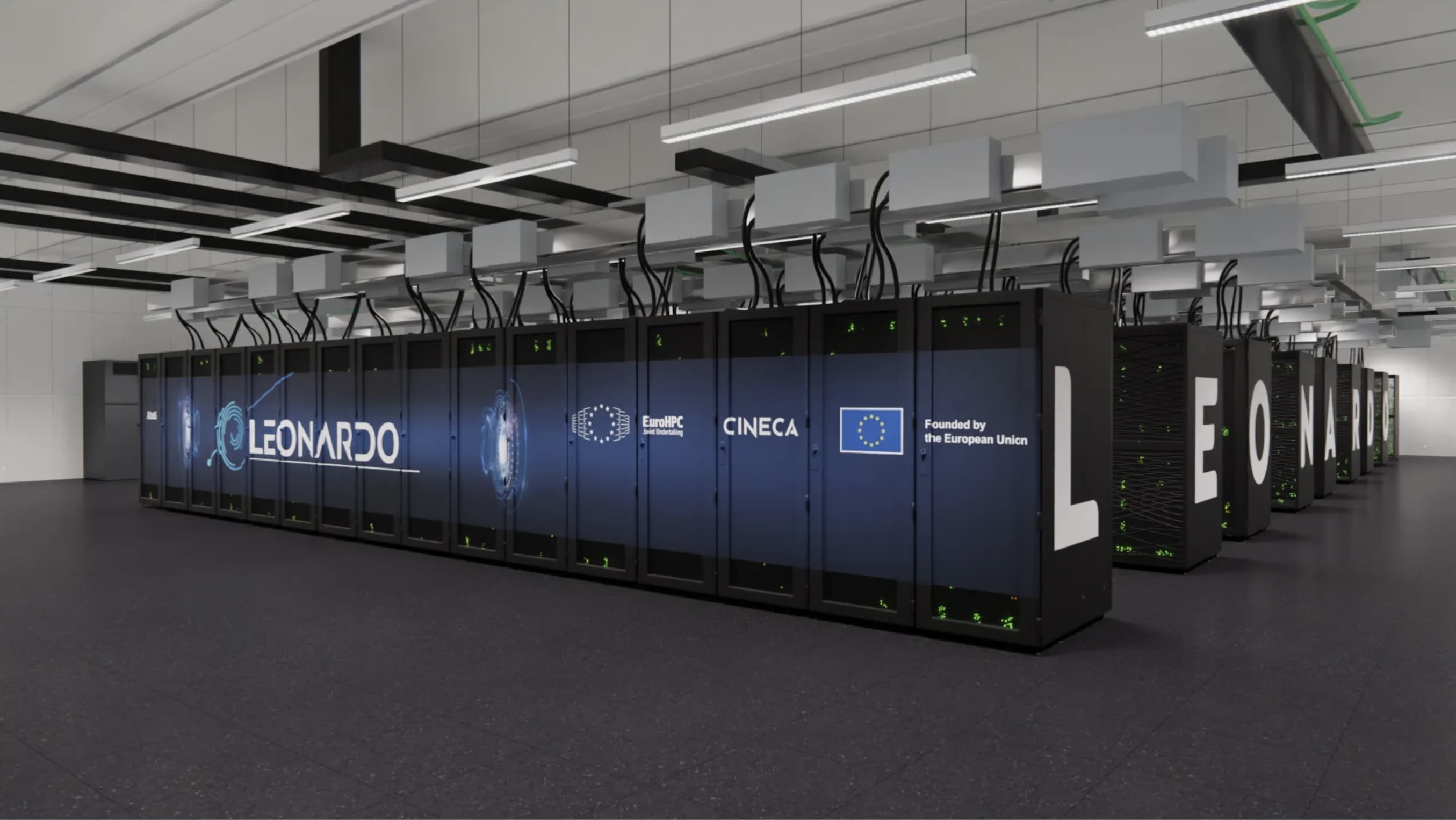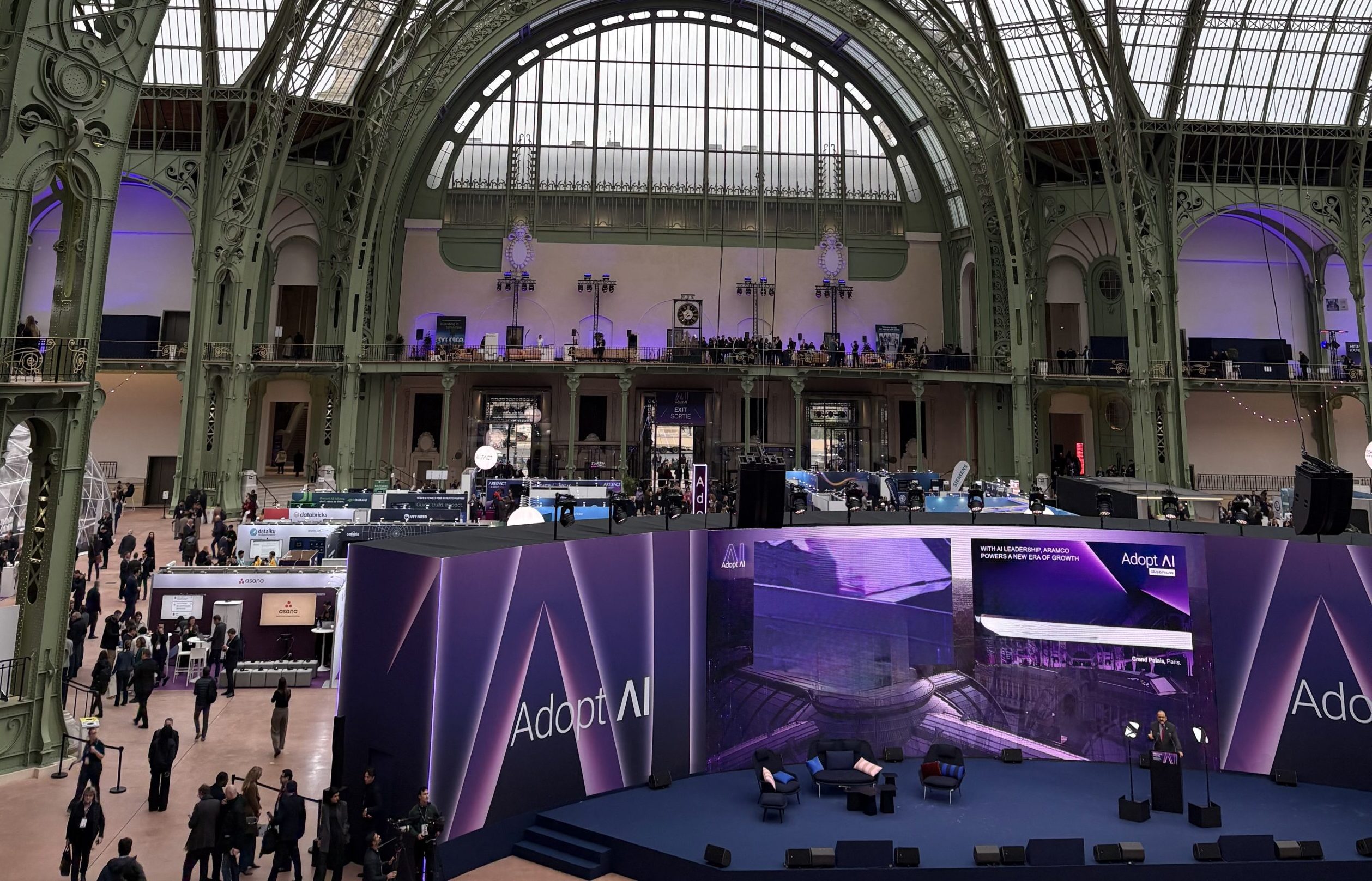
The Italian consortium will support the implementation of DestinE’s digital twins on the HPC environment.
The Italian supercomputing institution Cineca has signed an agreement with the European Centre for Medium-Range Weather Forecasts (ECMWF) to cooperate throughout the first phase of Destination Earth.
Cineca’s highly experienced teams will facilitate the implementation of Destination Earth’s digital twins in the fast-evolving European High-Performance Computing Joint Undertaking (EuroHPC JU) ecosystem. Established in 1969, the Italian HPC centre has a unique expertise in providing support to innovative projects demanding large-scale supercomputing.

Since July 2022, Cineca has been finalising the construction of the pre-exascale supercomputer Leonardo, one of the EuroHPC systems where Destination Earth will operate. Located in Bologna’s Tecnopolo, it is very close to the ECMWF offices and data center.
The agreement was signed by both parties in September 2022 and will run until 30 April 2024, coinciding with the first phase of Destination Earth.
Gabriella Scipione, leading the ‘Data Management and Data Analytics’ division of Cineca HPC said the agreement is, “an important step in our collaboration and we are excited to support ECMWF in optimising and porting their codes relevant for the DestinE digital twins and the digital twin engine functionalities to be deployed on the EuroHPC sites, in order to be able to efficiently use not only the already available hardware but the hardware which will be available within the next few years.”
“Negotiations with Cineca have been very constructive since the start,” says Thomas Geenen, Technology Partnerships Lead at ECMWF for Destination Earth. “Cineca’s contribution is invaluable in terms of digital technology expertise, high-performance and cloud-based computing and the associated data management. They will help us ensure that DestinE’s digital twins can be run at full scale on the new EuroHPC systems and that the massive amounts of data can be used immediately.”
Close cooperation objectives
Destination Earth involves cloud-native technology that will operate in a multi-site HPC environment, drawing from ECMWF’s domain-specific technologies and software development. This innovative setup poses some major scientific and technological challenges where the partnership with Cineca is invaluable.
- Given that DestinE’s operations intend to connect HPC and cloud-based solutions with several EuroHPC sites using different architectures and ecosystems, Cineca and ECMWF teams will ensure that every element and piece of software is ready and meets these requirements.
- Some elements of ECMWF’s well-established Integrated Forecasting System (IFS), designed to run in a single, dedicated hardware environment, will need to adapt flexibly to several EuroHPC environments. This process poses specific challenges that the Italian consortium will help to resolve.
- Cineca will contribute to training the user community to interact with the complex DestinE workflows in hybrid HPC-Cloud environments.
The agreement is also an opportunity to strengthen ties between neighbours, as ECMWF’s supercomputer centre in Bologna is a few metres away from Cineca’s facilities at Bologna’s Tecnopolo National Research Center in High Performance Computing.
Destination Earth to operate on Cineca’s Leonardo
Destination Earth’s codes will run on the European Union’s partition of the Leonardo supercomputer, hosted by Cineca on behalf of the EuroHPC JU and destined to be one of the most powerful in the world.

Leonardo is one of the three pre-exascale systems foreseen in the context of EuroHPC JU – an unprecedented European effort to deploy and maintain a world-leading European supercomputing environment as well as with MareNostrum5, hosted by the Barcelona’s Supercomputing Center, and LUMI, opened last June at Finland’s IT Center for Science (CSC). DestinE will operate on the European Union partitions of these three supercomputers.
The assembly operations of Leonardo, in Bologna’s Tecnopolo, began in July 2022 right after the first delivery of hardware components. Building Leonardo is a logistical challenge which involves the installation of 4,993 servers, 157 racks with a total weight of 360,000 kilos and hundreds of kilometers of cables.
The infrastructure, based on Atos BullSequana XH2000 hybrid technology, integrating CPU and GPU processors, is expected to perform a mind-blowing 250 million billion operations per second, or 250 Petaflops of sustained performance. The flexible and modular infrastructure and its hybrid cloud ecosystem are especially suitable for DestinE.

Leonardo’s 240 million euro cost is co-financed by EuroHPC JU and the Italian Ministry of University and Research.
Cineca, a reference for European HPC
The Italian non-profit consortium, comprising1 12 members from universities and public research institutions, is an established centres in European supercomputing, and the most important in Italy.
Cineca has 53 years of experience in supporting research into traditional science domains that demand HPC capabilities, such as physics, astrophysics, weather forecasting, chemistry, and fluid dynamics, but also more modern disciplines, such as extreme natural hazards and climate science. Leonardo will be a leap forward.
The consortium also has a track record of supporting technology and infrastructure innovation, and research into future HPC solutions, such as quantum computing, virtual reality and big data handling. It is a member of some of the most important international initiatives and collaborates with the main technology providers in supercomputing.


